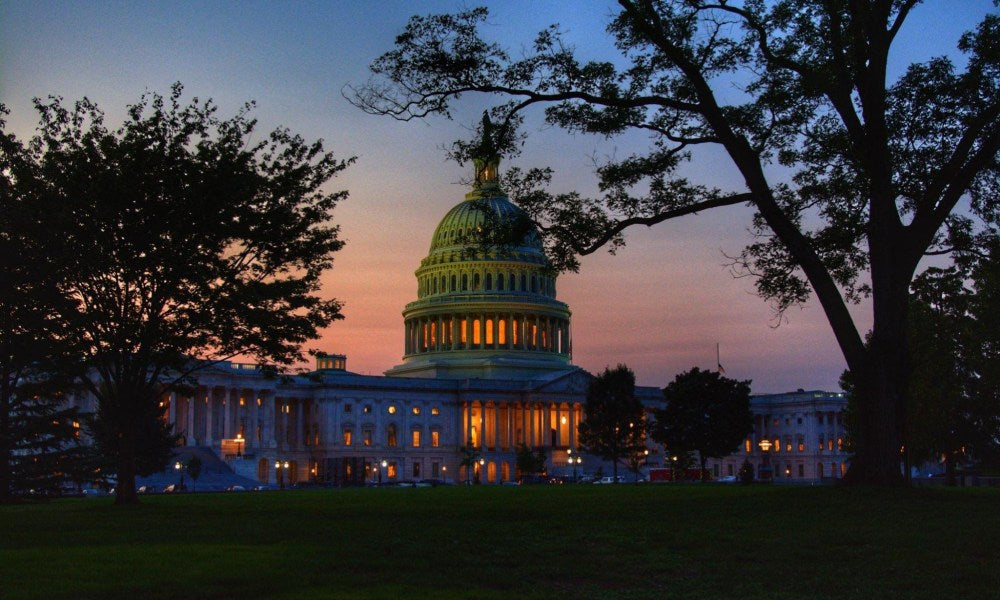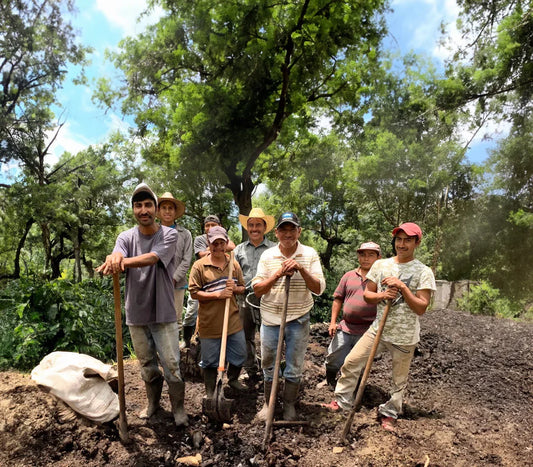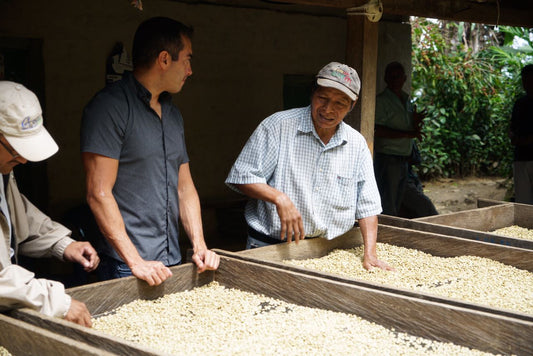
Should Spanish be an ‘Official’ Language in the US?
There are more than 350 languages spoken in the US today.
The arguments for Spanish to become an official language in the United States are compelling.
Table of Contents
How Many People Speak Spanish in the US?
According to the Instituto Cervantes, the US is home to the second-largest number of Spanish speakers in the world at more than 40 million. While this might seem like a lot, the figure misses out the millions more who have learned to speak Spanish by choice. As such, it’s predicted that by 2050, a mind-boggling 138 million Spanish speakers will reside in the US – more than the current population of Mexico.
Furthermore, the number of Latinos moving to the US is outpacing the country’s overall population growth. Over the past decade, our communities have expanded by 23% and are increasingly moving to more and more states. In Texas and California, Latinos already make up the largest ethnic groups.
In short, we are an important part of the US identity and, as some believe, deserve to be recognized for it with the incorporation of Spanish into the official languages of the country.
However, the US is a melting pot of cultures, heritages, and languages.
Although English is the most widely spoken language and used for most state functions, over 350 different languages are spoken in homes across the nation – a number that hasn’t changed significantly since the founding of the country, when almost 300 indigenous languages were spoken in North America. In Washington DC alone, there are at least 168 spoken languages, from Hawaiian to Amharic.
The ‘Official Language’ Debate
English has been the de facto (though not official) language since the founding of the US.
Historically, there has been a movement in making English the official language in the US however, it has failed, time after time. Beginning in the 1700s, the founding father John Adams proposed the idea to the Continental Congress – but it was denied.
Then fast forward to 1981, Senator Samuel Hayakawa from California introduced the English Language Amendment, which would have mandated English as the nation’s official language, had it been approved, which it wasn’t.
Later, several other bills have been introduced to make English the official language. And while some were approved by either the House or Senate, none were ever passed through both chambers of Congress. As such, it has never been passed into law.
Although this appears to only be a small formality, it is important. To many, language is a vital part of identity. It can shape outlook and help foster a sense of community and belonging.
By making English the official state language of the US is, in the eyes of many, a continuation of a colonizer mentality. In other words, the conquest of English-speaking populations over indigenous and historically marginalized groups.
The solution put forward by some is to make English and Spanish joint official languages. As Elena Pérez, a bilingual teacher at the University of California Los Angeles’ Lab School, says, “People talk about closing the achievement gap, but it’s more closing the opportunity gap. It’s important that we come back to the original purpose of dual language, which is to serve the marginalized population.”
However, while those who share these views often have the best intentions, discussions around incorporating English and Spanish miss the point. After all, during the Conquests, Spanish was also imposed on Latino populations, leading many of our native languages to die out. So if Spanish and English become “official” in the US, what happens to the 150 Native North American languages?

Preserving Native American Languages
The debate around official languages in the US is complex. Clearly, labeling every single language spoken in the country as “official” would not only cause a monumental bureaucratic nightmare, but also be fairly pointless.
Indeed, it’s with that in mind that the US has refrained from declaring any single language as official. However, the discussion around protecting and preserving Native North American languages remains an essential one.
According to American Community Survey data these native languages are spoken by around 350,000 people across the country and account for nearly half of the 350 total languages spoken.
But many of these languages face the very real risk of becoming extinct. The reasons for this decline can be traced back to when the first European explorers came to North America.
Not only did they forcibly displace many Native people from their land, they also made them assimilate at the expense of eradicating their Native language and culture. After the US annexed Hawaii in 1898, the Hawaiian language was banned from being taught in schools for decades.
It is important, then, not to get too entangled with the question of official language, but rather acknowledge that the US is made up of many languages that should all be respected. It may not be feasible to make them official, but it is important to recognize the history and culture of indigenous peoples in the US, and support efforts to promote and preserve them where possible whether through educational programs, cultural events, or other initiatives.


